What to plant after onions?
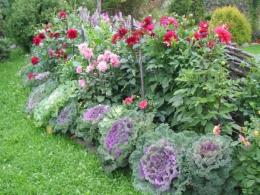
What to plant after onions? This question is often asked by gardeners and gardeners. After all, it is not recommended to plant onions in one place for several years in a row.
Content:
Briefly about soil fatigue
Each crop consumes certain substances from the soil. If you grow one crop in a garden bed for a long time, this will lead to soil depletion. Potatoes and cabbage, for example, consume potassium and nitrogen, cabbage also consumes phosphorus. Tomatoes also love phosphorus. Therefore, even planting a crop for two years in a row in one place, even with the application of fertilizers, often leads to a deterioration in the condition of the soil. The soil becomes unsuitable for cultivation.
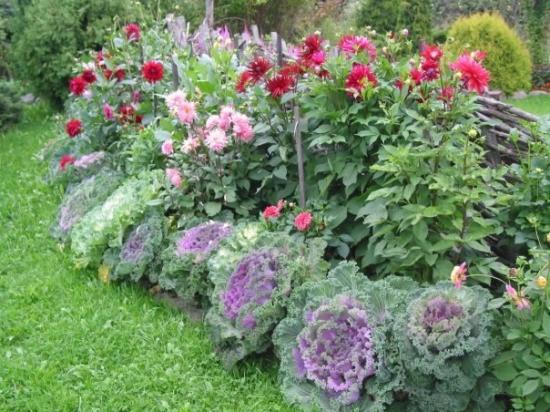
In addition, there is an accumulation of pathogenic bacteria in the soil, as well as pest larvae that specialize on this plant. For example, Phytophthora spores When released into the soil, they will be viable for several years. Sowing crops that are susceptible to late blight in this area stimulates soil contamination. It is very important to establish adequate and correct crop rotation in your garden.
Crops also influence each other with their root and leaf secretions, or phytoncides. They can have both positive (stimulate growth) and negative (suppress development) effects. For example, if you plant rye in a garden bed for two years, you will get rid of such a malicious weed as wheatgrass for a long time. Conversely, planting celery with cabbage perfectly protects the latter from whiteweed.
The accumulation of plant residues in the soil greatly affects the growth of subsequent plantings during one season, and after winter, of course, this influence weakens significantly. The same effect is obtained by mixed cultivation of vegetables and herbs.
Alternation of crops
What to plant after onions? After onions, it is recommended to plant carrots, beets, tomatoes, cucumbers, and zucchini. This is if we are talking about a full annual crop rotation.
It is advisable to draw up a garden plan and keep records of crop plantings. The rules of crop rotation are simple. Crops of the same species or family cannot be planted in one place, as they are susceptible to the same pests. Crops that are planted early should not be planted after crops that require late harvest. This is due to the fact that no recovery occurred in the soil over a short period of time. It is not recommended to plant crops with the same mineral composition in one place.
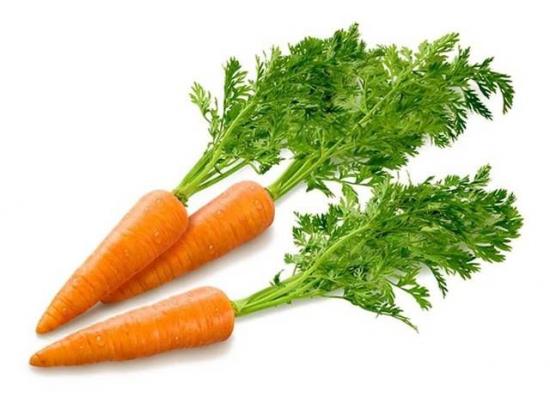
It makes sense to alternate crops not only according to the full annual crop rotation cycle, but also to find crops that have a short development period and can be sown the same year after harvest.
So, after harvesting onions, it’s good to sow in August salad, spinach, Chinese cabbage, and in September - radish. Radishes just don’t like the time of “long days” and will have time to produce a new harvest. And lettuce and spinach are very peaceful crops that do not cause soil fatigue.
If the onion bed is large, a lot of crops have been harvested, and you don’t need large quantities of radishes and lettuce, then you still shouldn’t leave the bed bare, “without work.” Then sow some green manure or annual flowers. They will perfectly protect the garden bed from sunlight and will structure the soil.You can even throw randomly all the seeds that are left in the storeroom and are unlikely to be in demand.
If next year you plan to sow cruciferous crops in this bed, then sow phacelia, rye, and oats in August. And if you want to set aside a garden bed for tomatoes or pumpkin crops, then feel free to sow cruciferous vegetables. Nothing disinfects the soil from root rot better than rapeseed, oilseed radish and mustard.
You can sow green manure scatteredly; you don’t have to pick out the remaining onion roots; they will rot well until spring. The seeds of green fertilizers can be sprinkled on top with a mixture of peat and sand or mature compost.
Planning combined beds
Gardeners always want to get more output from a small area. And this is good, since the earth will be fried by the sun for less time, and we will have to cultivate a smaller area.
It has been noticed that the greater the variety in the garden, the more resistant it is to pests and diseases.
And this is understandable, because in order to find its “bread”, the pest will have to sniff for a long time, and there are many smells, and many smells are very repulsive. For information about the benefits of combining onions and carrots to protect against flies, see Here.
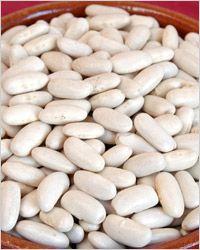
Planting beans, parsley, lemon balm, catnip, savory, hyssop, and yarrow protect the garden from pests. There is no need to plant them in a continuous strip; it is enough to stick scattered bushes in different parts. Remember that mono plantings are more vulnerable.
Crops of the same height and fluffiness do not get along together if they are planted closely. Plants of the same family also do not get along, since they consume the same elements and release identical substances into the soil.
So, planning plantings after onions can be not only annual, but also within one season.If you try to combine plantings, then less labor will be required to care for the garden area, and fewer pests will find their “delicacies”.

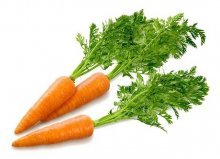

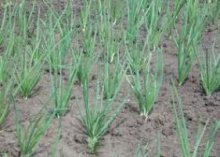
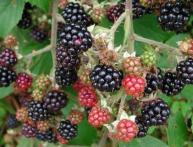
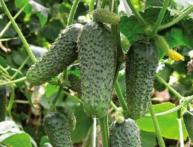

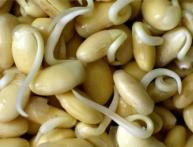
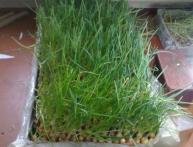
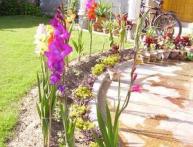
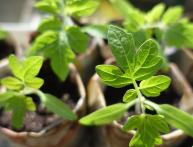
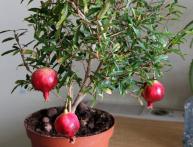
Comments
I didn't know about this. I will really need to keep a notebook in which I will write down what vegetables or fruits grew in the garden.
I, of course, have heard about crop rotation and use it to the best of my knowledge. But I didn’t know what exactly to plant after the onions. I'll take it into service. And I haven’t used combined beds yet. I'll try it this year.
I live in the south, so I plant onions earlier, which means I harvest them earlier, and after them I can plant beets or second cucumbers. I’ve heard about combined beds, but haven’t practiced them myself, it turns out that you can plant a little bit of everything
I always alternate planting vegetables and never have problems with yield. Of course, this also depends on the fertility of the soil. You can also let the area rest for a year after growing onions.
I never plant plants in the same place - then you don’t expect a good harvest, I tested it from personal experience. After the onions, as soon as I collect them, I plant radishes at the beginning of autumn. It’s a good idea about the notebook, I took note!